WyncoopFlockMom
Chirping
We performed bumblefoot surgery on our Roo, Pimp, on 1 November. The side and bottom have completely closed so we removed the wrapping. Pimp is doing great since being in his own pen; his feathers are growing on the back of his neck and his comb is even growing back. He even crows!! (Which y’all understand my excitement!)
Although it’s only been a day, he still limps a bit and doesn’t put his full weight on his foot. Will he always have the limp? There is still a black dot on the bottom of his foot, did we not get all of the bumble out?
I’ve included before pics, surgery of the side, and then after as of yesterday.
Just checking in with my chicken family to see your thoughts.
Although it’s only been a day, he still limps a bit and doesn’t put his full weight on his foot. Will he always have the limp? There is still a black dot on the bottom of his foot, did we not get all of the bumble out?
I’ve included before pics, surgery of the side, and then after as of yesterday.
Just checking in with my chicken family to see your thoughts.
Attachments
-
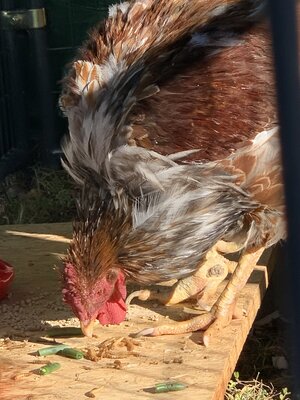 40844A89-41DB-4111-AFB7-51E812AFD05D.jpeg555.8 KB · Views: 19
40844A89-41DB-4111-AFB7-51E812AFD05D.jpeg555.8 KB · Views: 19 -
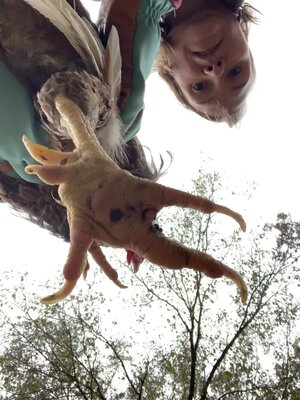 9640A393-6C4C-4B52-AFAE-C724EC58E53C.jpeg385.3 KB · Views: 15
9640A393-6C4C-4B52-AFAE-C724EC58E53C.jpeg385.3 KB · Views: 15 -
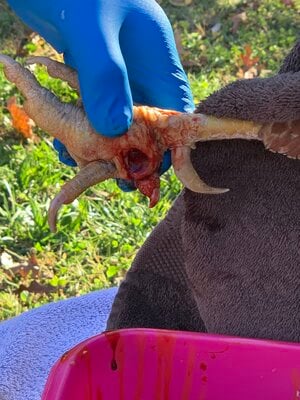 47A420BB-A690-44D9-B465-413B9CEDFE21.jpeg541.8 KB · Views: 14
47A420BB-A690-44D9-B465-413B9CEDFE21.jpeg541.8 KB · Views: 14 -
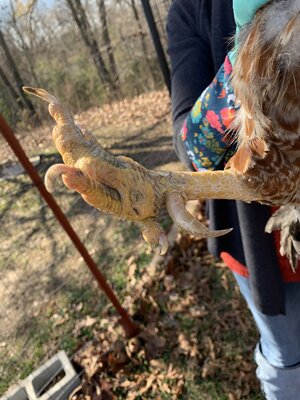 37F3B573-8129-4E7C-AA2E-EADFE79F9302.jpeg487.6 KB · Views: 13
37F3B573-8129-4E7C-AA2E-EADFE79F9302.jpeg487.6 KB · Views: 13 -
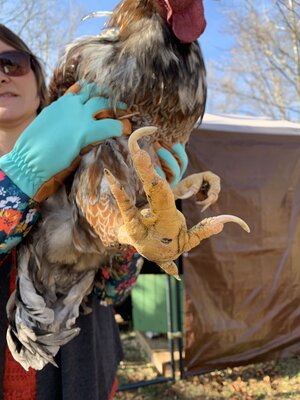 261F6687-CC5C-4E37-9E6B-FCBC278C1B40.jpeg384.3 KB · Views: 13
261F6687-CC5C-4E37-9E6B-FCBC278C1B40.jpeg384.3 KB · Views: 13




 I’m interested in the sugardine method because I would rather not do another surgery. As for the black part on the bottom of his foot...do I soak and squeeze that part also? Can you share the picture and video here?
I’m interested in the sugardine method because I would rather not do another surgery. As for the black part on the bottom of his foot...do I soak and squeeze that part also? Can you share the picture and video here?
